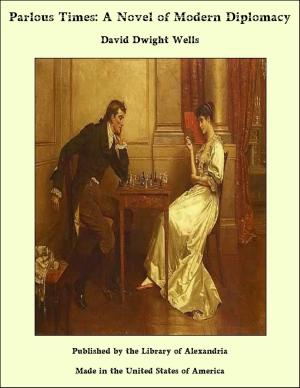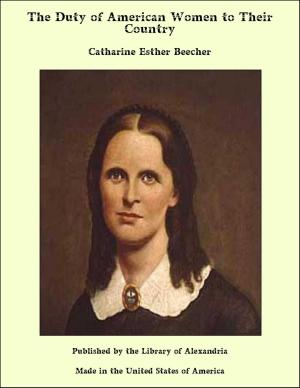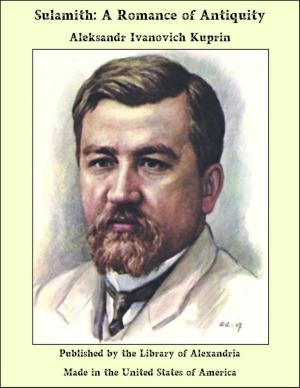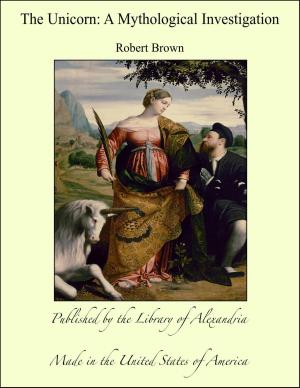The Political Doctrines of Sun Yat-sen: An Exposition of the San Min Chu I
Nonfiction, Religion & Spirituality, New Age, History, Fiction & Literature| Author: | Paul Myron Anthony Linebarger | ISBN: | 9781465583697 |
| Publisher: | Library of Alexandria | Publication: | March 8, 2015 |
| Imprint: | Language: | English |
| Author: | Paul Myron Anthony Linebarger |
| ISBN: | 9781465583697 |
| Publisher: | Library of Alexandria |
| Publication: | March 8, 2015 |
| Imprint: | |
| Language: | English |
Sun Yat-sen played many rôles in the history of his times. He was one of those dramatic and somewhat formidable figures who engage the world's attention at the very outset of their careers. In the late years of the nineteenth century, he was already winning some renown in the West; it was picturesque that a Cantonese, a Christian physician, should engage in desperate conspiracies against the Manchu throne. Sun became known as a political adventurer, a forerunner, as it were, of such mutually dissimilar personages as Trotsky, Lawrence, and Major-General Doihara. With the illusory success of the revolution of 1911, and his Presidency of the first Republic, Sun ceased being a conspirator in the eyes of the world's press, and became the George Washington of China. It is in this rôle that he is most commonly known, and his name most generally recalled. After the world war, in the atmosphere of extreme tension developed, perhaps, by the Bolshevik revolution, Sun was regarded as an enigmatic leader, especially significant in the struggle between Asiatic nationalisms allied with the Soviets against the traditional capitalist state-system. It was through him that the Red anti-imperialist policy was pushed to its greatest success, and he was hated and admired, ridiculed and feared, down to the last moments of his life. When he died, American reporters in Latvia cabled New York their reports of Russian comments on the event.3 More, perhaps, than any other Chinese of modern times, Sun symbolized the entrance of China into world affairs, and the inevitable confluence of Western and Far Eastern history.
Sun Yat-sen played many rôles in the history of his times. He was one of those dramatic and somewhat formidable figures who engage the world's attention at the very outset of their careers. In the late years of the nineteenth century, he was already winning some renown in the West; it was picturesque that a Cantonese, a Christian physician, should engage in desperate conspiracies against the Manchu throne. Sun became known as a political adventurer, a forerunner, as it were, of such mutually dissimilar personages as Trotsky, Lawrence, and Major-General Doihara. With the illusory success of the revolution of 1911, and his Presidency of the first Republic, Sun ceased being a conspirator in the eyes of the world's press, and became the George Washington of China. It is in this rôle that he is most commonly known, and his name most generally recalled. After the world war, in the atmosphere of extreme tension developed, perhaps, by the Bolshevik revolution, Sun was regarded as an enigmatic leader, especially significant in the struggle between Asiatic nationalisms allied with the Soviets against the traditional capitalist state-system. It was through him that the Red anti-imperialist policy was pushed to its greatest success, and he was hated and admired, ridiculed and feared, down to the last moments of his life. When he died, American reporters in Latvia cabled New York their reports of Russian comments on the event.3 More, perhaps, than any other Chinese of modern times, Sun symbolized the entrance of China into world affairs, and the inevitable confluence of Western and Far Eastern history.















